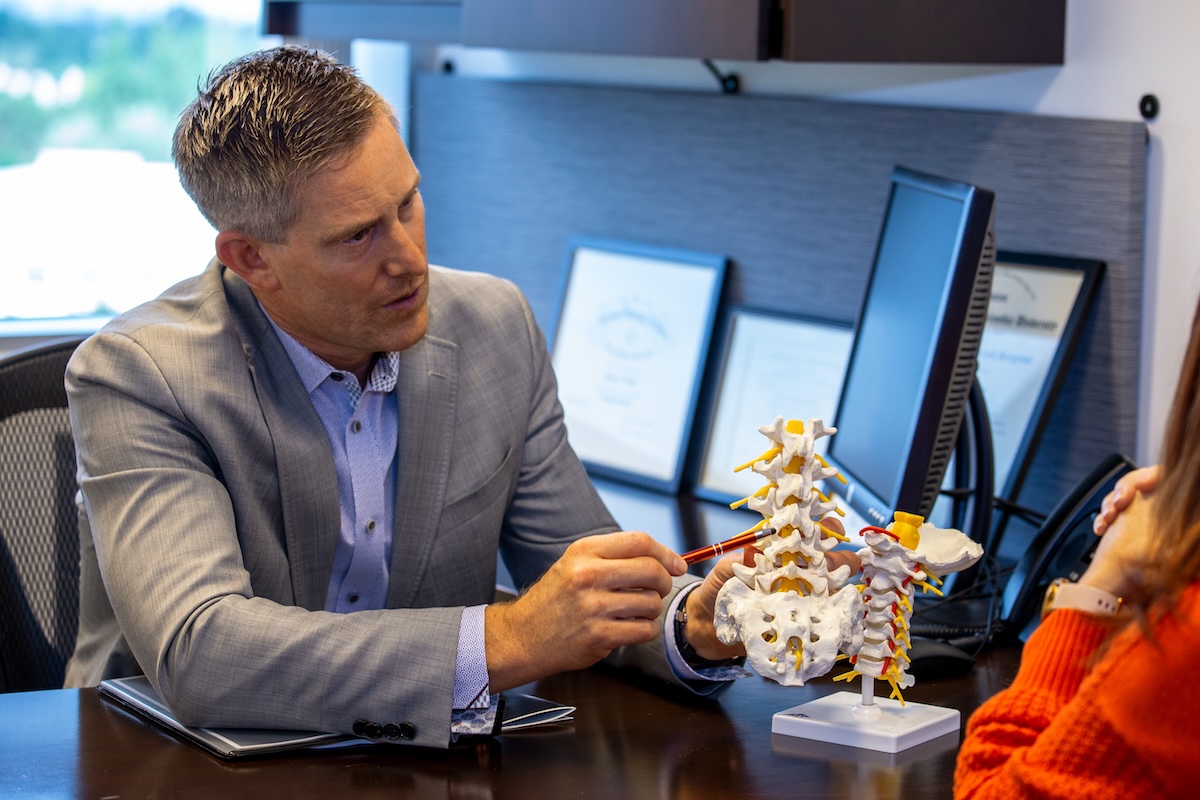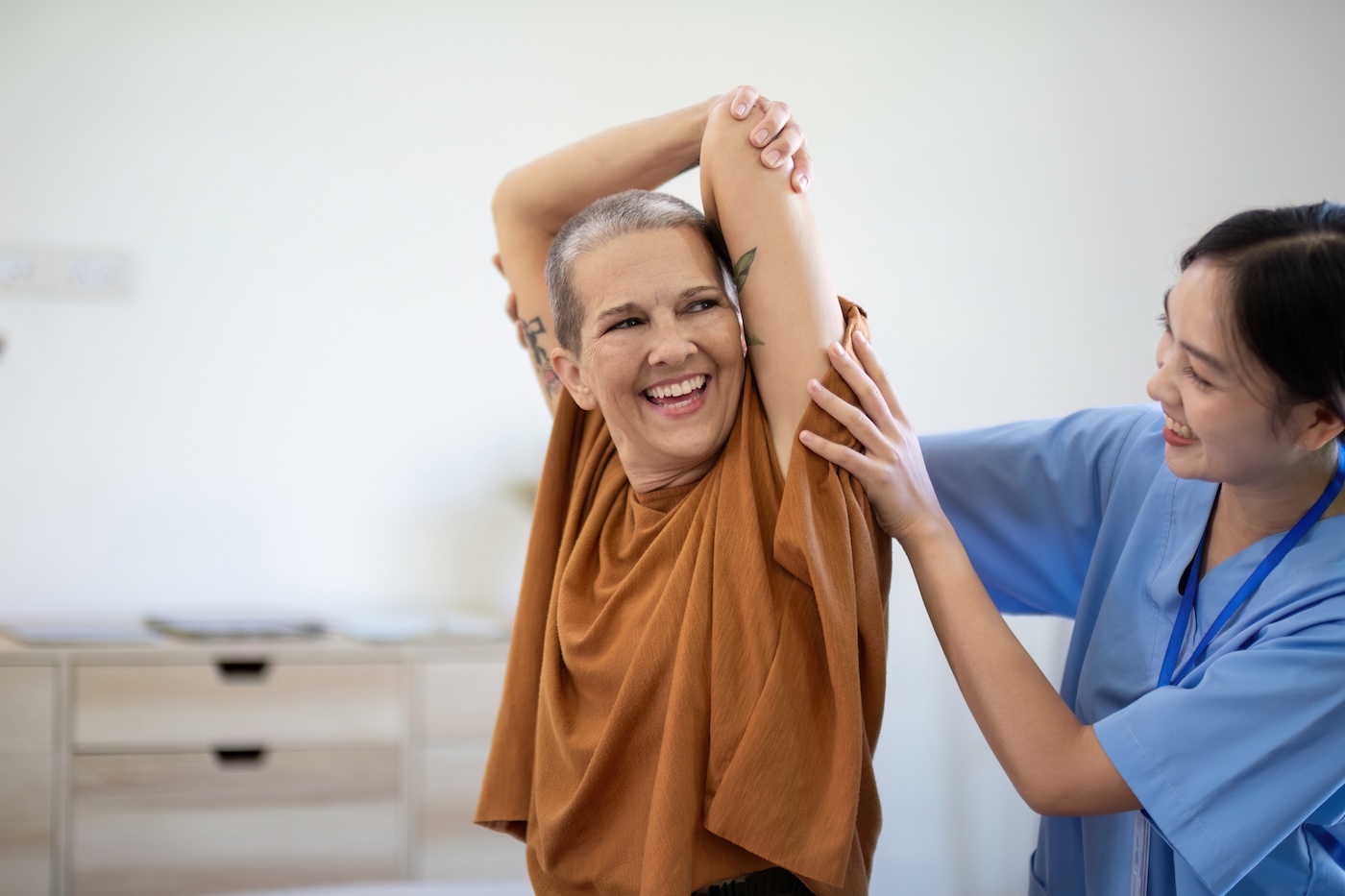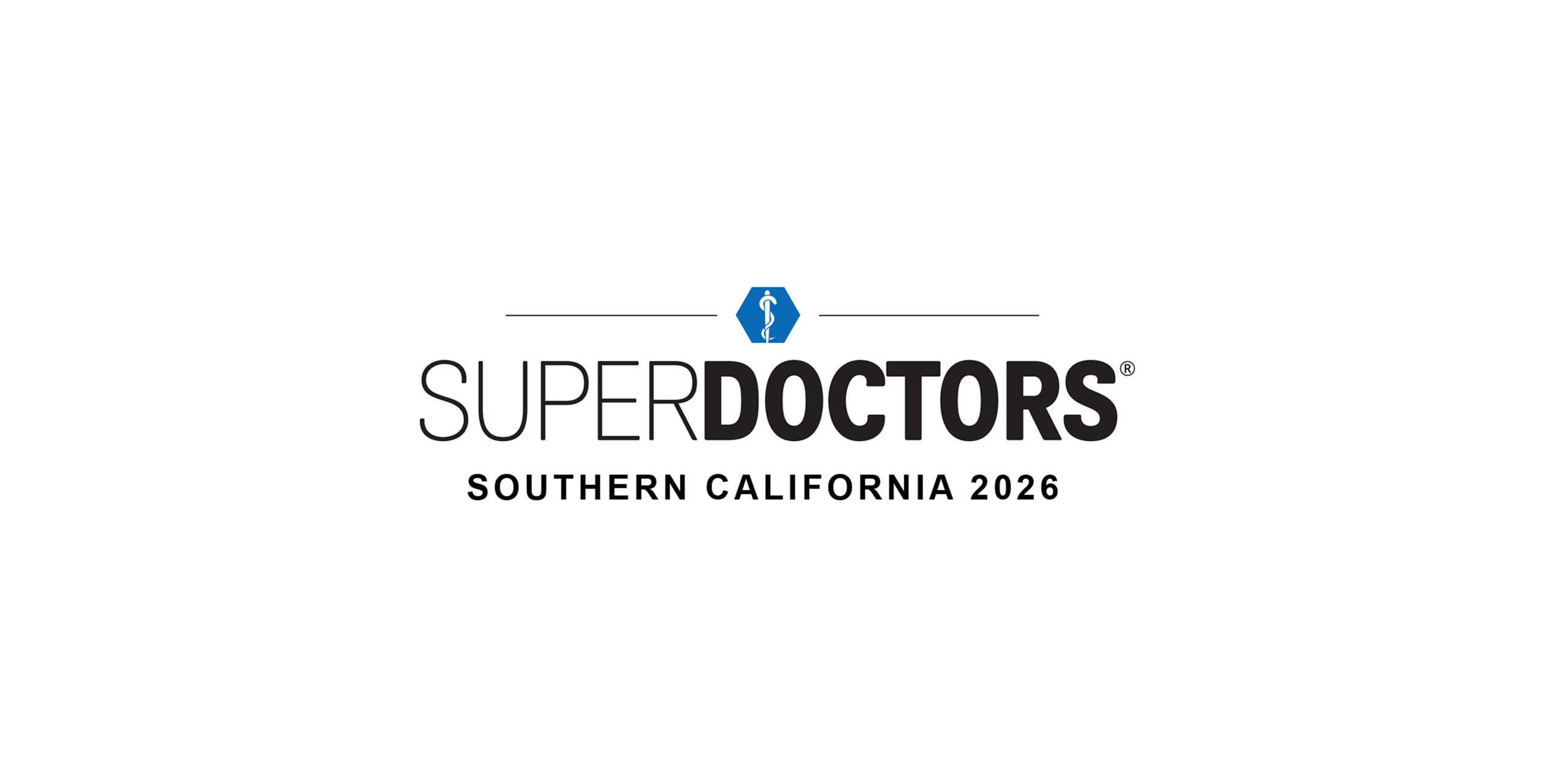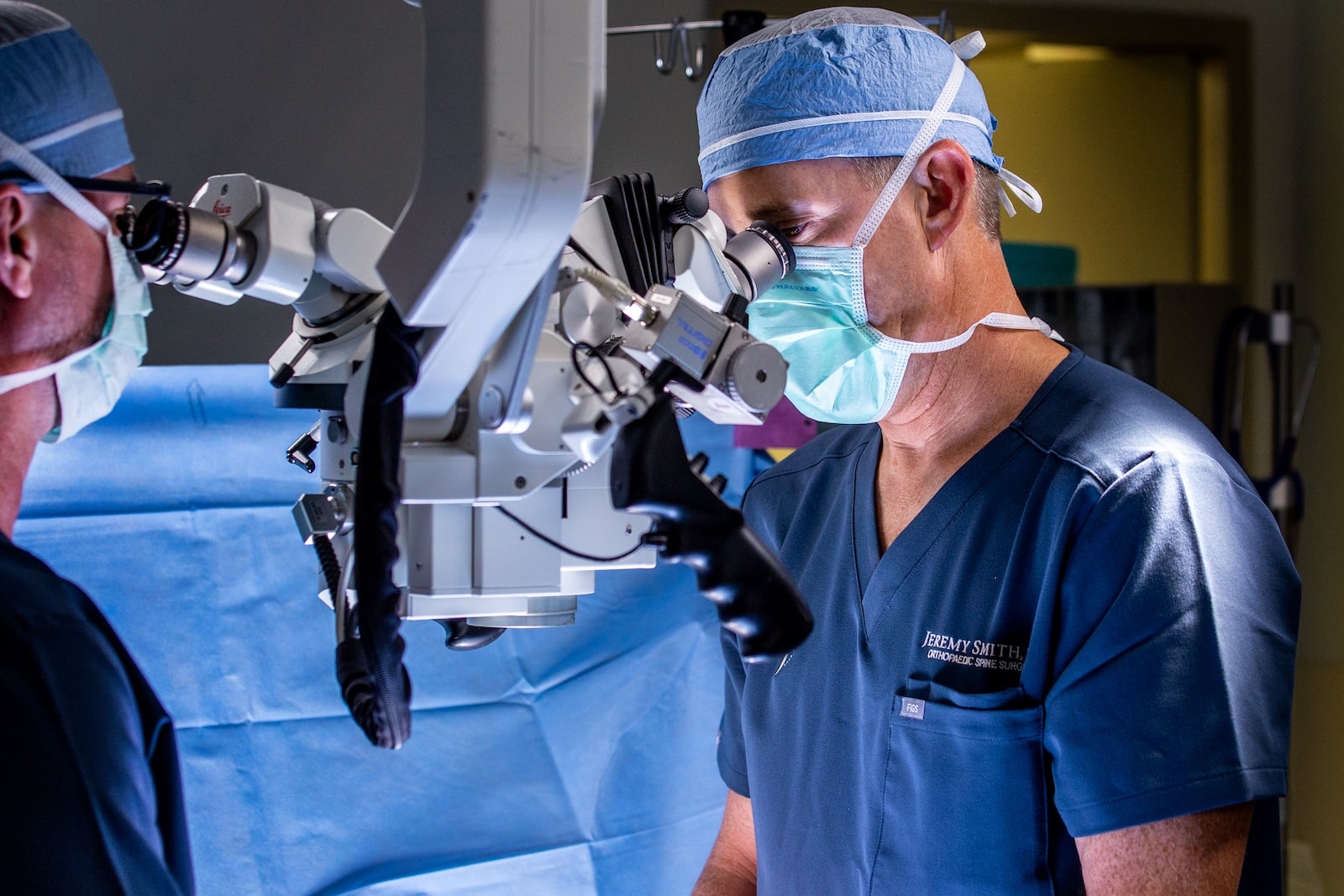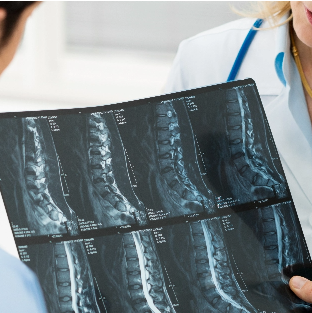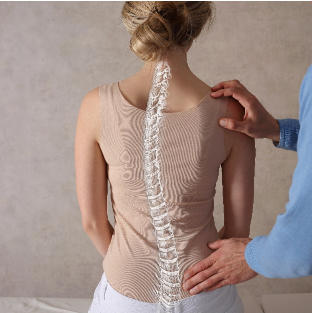Flatback syndrome is a complex spinal deformity where the lower spine loses its natural curve, causing a person to feel pitched forward. This can lead to chronic pain and significantly impact quality of life. As a fellowship-trained Orthopaedic Spinal Surgeon, Dr. Jeremy Smith specializes in advanced spinal reconstruction techniques to correct conditions like flatback syndrome and restore spinal alignment. This procedure is typically considered when non-surgical treatments have not been effective.
What is Flatback Syndrome?
- Explanation of the condition: In lay terms, flatback syndrome is a loss of the normal C-shaped curve (lordosis) in the lumbar (lower) spine. This misalignment forces the body to compensate, leading to pain and fatigue.
- The goal of treatment: To correct the curvature, restore proper spinal balance, and alleviate pain.
Common Causes of This Spinal Deformity
- Post-Surgical Complications: A primary cause can be previous spinal fusion surgeries, particularly older techniques that did not preserve the natural lumbar curve.
- Degenerative Disc Disease: Advanced wear-and-tear on the spinal discs can lead to a loss of height and curvature over time.
- Other Conditions: Vertebral compression fractures or inflammatory diseases like rheumatoid arthritis can also contribute to the deformity.
Recognizing the Symptoms of Flatback Syndrome
- Difficulty standing upright and a feeling of being pitched forward.
- Persistent pain in the lower back that worsens throughout the day.
- Thigh and groin pain from constantly contracting muscles to try and stand straight.
- Fatigue and reduced ability to perform daily activities.
How is Flatback Syndrome Diagnosed?
- Physical Examination: A thorough evaluation of posture, gait, and flexibility.
- Imaging Studies: Detailed imaging like X-rays, CT scans, and MRIs are used to precisely assess the deformity and create a personalized surgical plan.
Conservative Treatment: Increasing Strength and Mobility
- Physical Therapy: Working with a physical therapist to strengthen muscles and improve range of movement can help improve posture and slow the progression of loss of curvature, and reduce sagittal balance.
- Bracing: Bracing should be used temporarily in conjunction with strengthening physical therapy or exercises to improve posture and support the spine. Long term use of bracing without strengthening or stretching can weaken muscles and worsen the condition.
Surgical Treatment: Reconstructing the Spine
- When Surgery is Needed: Surgery is considered for severe pain or when the deformity significantly impacts function.
- Pedicle Subtraction Osteotomy (PSO): This is a complex procedure used to correct severe deformities. It involves the removal of a wedge-shaped section of a vertebra and its pedicles, allowing the surgeon to create a controlled bend and restore the spine's natural curve.
- Spinal Stabilization: After the correction is made, the spine is stabilized using screws, curved rods, and bone grafts to ensure it heals in the proper position
Why Choose Jeremy Smith, MD for Spinal Deformity Surgery?
- Expertise in Complex Reconstruction: Dr. Smith has extensive experience and specialized fellowship training in complex spinal reconstruction surgeries like PSO.
- Advanced Surgical Techniques: He is committed to using advanced techniques to ensure the best possible outcomes for his patients.
- Personalized Patient Care: Dr. Smith provides a comprehensive assessment to determine if a procedure like PSO is the right treatment option and creates a plan tailored to each patient's needs.
Schedule a Consultation
Patients with severe spinal deformities that impact their health and quality of life should seek a specialized evaluation. Dr. Jeremy Smith can provide a comprehensive assessment to determine the right course of treatment to restore function and improve your life.


